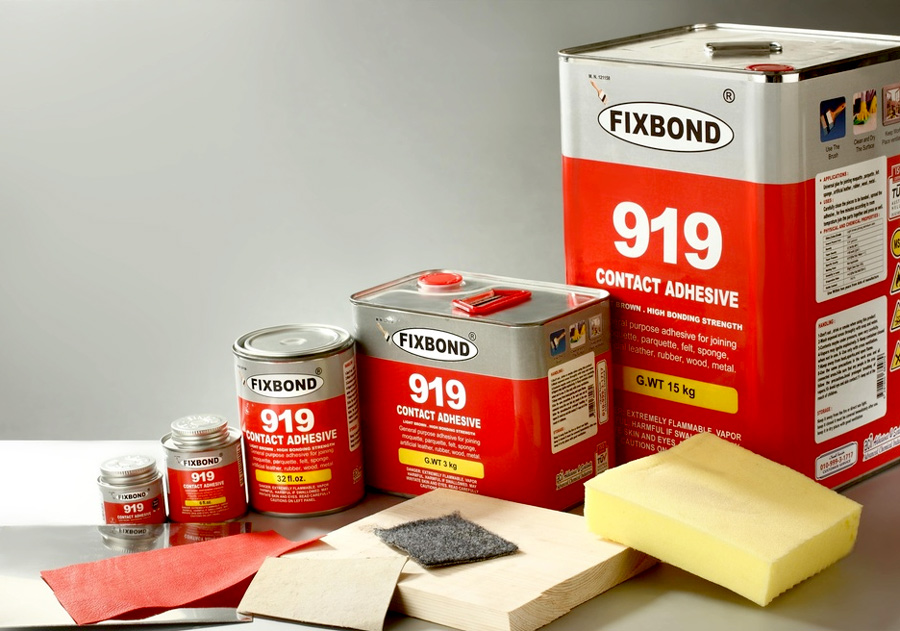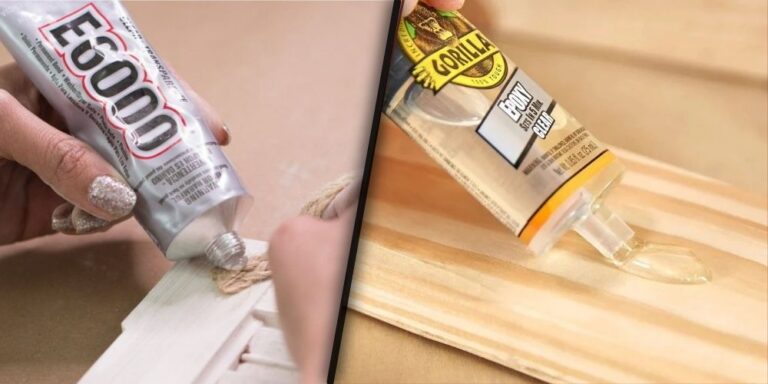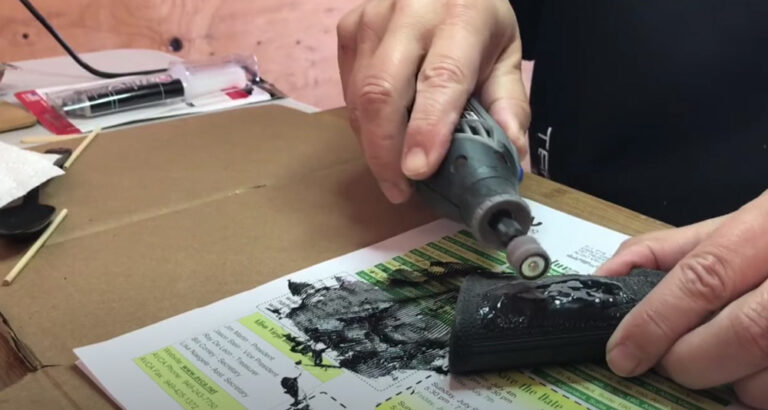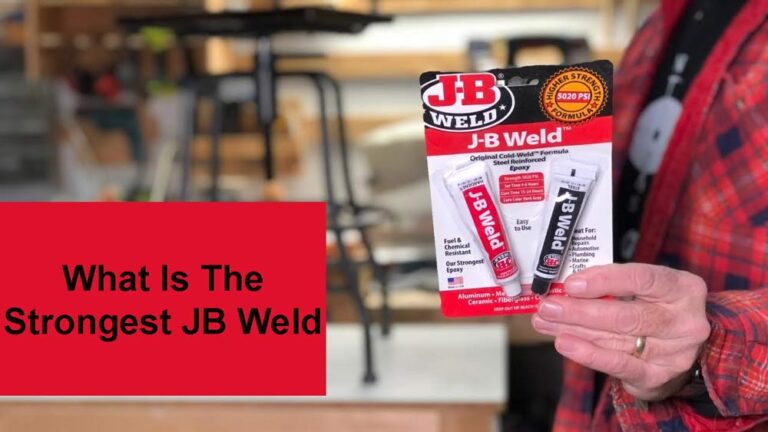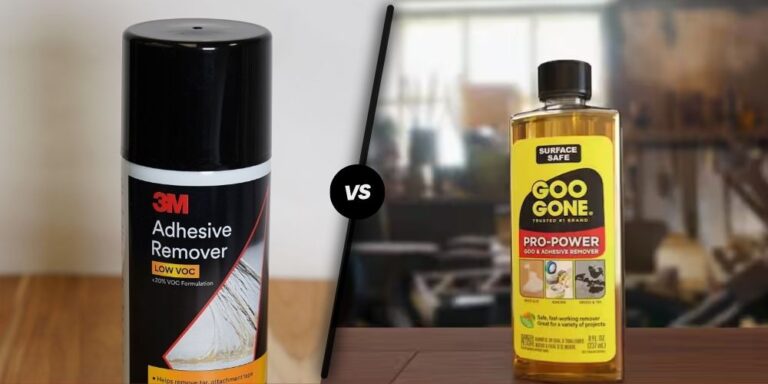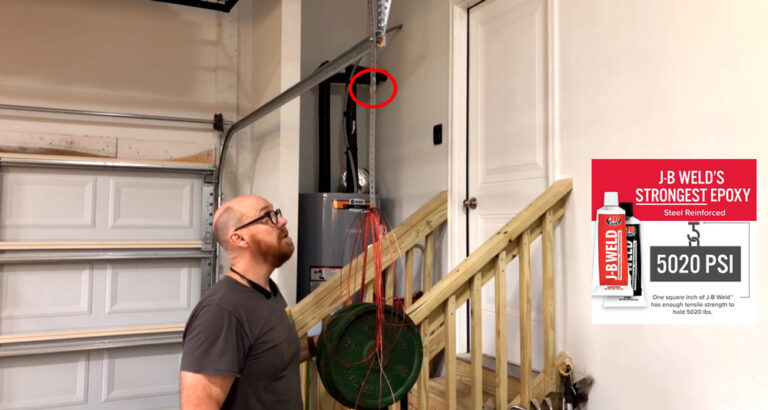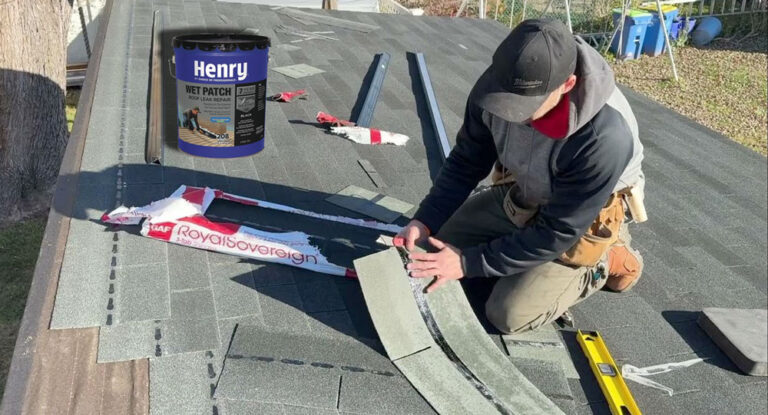Advantages of Contact Adhesive: Full Guide
Advantages and Disadvantages of Contact Adhesive
Contact adhesive is a strong, fast-bonding adhesive known for its versatility in bonding a variety of surfaces. It is commonly used in construction, woodworking, automotive repairs, and crafts due to its ability to create a strong and durable bond. This article explores the various advantages and disadvantages of contact adhesive, providing insights into its uses, application process, limitations, and safety considerations. Additionally, data-rich tables are included for easy comparison of different adhesive types and their performance.
What is Contact Adhesive?
Contact adhesive, also known as contact cement, is a type of adhesive that forms an instant bond upon contact. It is typically applied to both surfaces being bonded and allowed to dry until tacky before the surfaces are pressed together. Once bonded, the adhesive offers high tensile strength and is resistant to water, heat, and various chemicals. There are two main types of contact adhesives:
- Solvent-based – Contains volatile organic compounds (VOCs) that evaporate as the adhesive cures.
- Water-based – Safer for the environment with lower VOC content but slightly slower to dry and bond.
Advantages of Contact Adhesive
Contact adhesive offers several benefits, making it an ideal choice for many projects.
1. Instant Bond Formation
- Once both surfaces are coated and allowed to become tacky, contact adhesive bonds immediately upon contact.
- This eliminates the need for clamps or holding mechanisms to keep surfaces in place.
2. High Bond Strength
- Contact adhesive creates a strong, permanent bond capable of withstanding mechanical stress and environmental factors.
- It performs well with both porous and non-porous materials like wood, metal, rubber, and laminate.
3. Versatility Across Materials
- It can bond a wide range of materials, including:
- Wood and plywood
- Plastics
- Rubber
- Metals
- Leather and fabrics
- Foam and laminate surfaces
4. Resistance to Environmental Factors
- Contact adhesive offers resistance to moisture, heat, and chemicals.
- It is particularly useful in humid environments or where temperature fluctuations occur.
5. No Need for Long Curing Times
- Contact adhesive does not require extended drying or curing periods like some other adhesives.
- Once applied and tacky, surfaces are ready to be pressed together, making it ideal for quick repairs and high-production environments.
6. Flexibility in Application
- Contact adhesive can be applied using various tools such as brushes, rollers, and spray equipment.
- It allows for even coating and is available in both liquid and spray forms for convenience.
Disadvantages of Contact Adhesive
Despite its many benefits, contact adhesive also has certain limitations and drawbacks.
1. Irreversible Bond
- Once surfaces come into contact, the bond is instantaneous and permanent.
- This leaves little to no margin for error, requiring precise alignment of materials during application.
2. Hazardous Chemicals (Solvent-Based Types)
- Solvent-based contact adhesives contain high levels of volatile organic compounds (VOCs).
- Prolonged exposure to these chemicals can lead to health risks such as:
- Respiratory irritation
- Eye and skin irritation
- Headaches and dizziness
- Proper ventilation and personal protective equipment (PPE) are necessary when using solvent-based adhesives.
3. Flammability Risk
- The solvents used in some contact adhesives are highly flammable.
- Extra precautions must be taken to avoid open flames, sparks, and high heat during application and storage.
4. Limited Time to Adjust Position
- The instant bonding nature of contact adhesive gives very little time for repositioning once surfaces meet.
- Mistakes during alignment can lead to permanent misplacement and possible material damage.
5. Poor Gap-Filling Properties
- Contact adhesive is not effective at filling gaps or uneven surfaces.
- Proper surface preparation is crucial to ensure both surfaces are even and well-matched.
6. Environmental and Safety Concerns
- VOC emissions from solvent-based adhesives contribute to air pollution and environmental degradation.
- Regulations may restrict the use of certain solvent-based adhesives in industrial or residential settings.
Applications of Contact Adhesive
Contact adhesive is widely used in a variety of industries and projects due to its bonding strength and versatility. Below are some common applications:
| Industry | Application |
|---|---|
| Woodworking | Bonding veneers, laminates, and edge-banding |
| Automotive | Fixing upholstery, weatherstripping, and gaskets |
| Construction | Installing flooring, panels, and insulation |
| Craft and DIY | Leather, foam, and fabric projects |
| Furniture Manufacturing | Assembling countertops, cabinets, and furniture |
Comparison of Contact Adhesive and Other Adhesives
The following table highlights the differences between contact adhesive and other common adhesives such as epoxy, polyurethane, and PVA (polyvinyl acetate).
| Adhesive Type | Bond Strength | Bond Time | Best for | Environmental Resistance | Ease of Use |
|---|---|---|---|---|---|
| Contact Adhesive | High | Instant | Laminate, rubber, metal | High | Moderate |
| Epoxy | Very High | 5-60 minutes | Metal, concrete, composites | Excellent | Moderate to Difficult |
| Polyurethane | High | 20-30 minutes | Wood, plastic, foam | Excellent | Moderate |
| PVA (Wood Glue) | Moderate | 10-30 minutes | Wood | Moderate | Easy |
How to Use Contact Adhesive Effectively
To ensure strong and reliable bonding, follow these application steps:
- Surface Preparation
- Clean and dry both surfaces to remove dust, grease, and contaminants.
- Sand or roughen smooth surfaces to improve adhesion.
- Application
- Apply a thin, even coat of contact adhesive to both surfaces using a brush, roller, or spray.
- Allow the adhesive to dry until it becomes tacky (typically 10-30 minutes).
- Bonding
- Carefully align the surfaces and press them together with firm, even pressure.
- Avoid repositioning as the bond forms instantly.
- Curing
- While contact adhesive bonds instantly, full curing may take up to 24 hours.
- Avoid exposing the bond to excessive stress during this period.
- Clean-Up
- Use a solvent or adhesive remover to clean any excess adhesive.
- Dispose of adhesive and cleaning materials in accordance with safety guidelines.
Safety Tips for Contact Adhesive Use
- Always work in a well-ventilated area or use an appropriate respirator when handling solvent-based adhesives.
- Wear gloves and safety goggles to protect your skin and eyes.
- Store adhesive containers away from heat, flames, and sparks.
- Follow the manufacturer’s instructions and safety data sheet (SDS) for proper handling and disposal.
Environmental Impact of Contact Adhesive
Efforts are being made to reduce the environmental impact of contact adhesive by developing water-based and low-VOC formulations. These alternatives offer comparable performance with fewer health risks and reduced contributions to air pollution.
Conclusion
Contact adhesive is a versatile and powerful bonding agent with numerous advantages, including high bond strength, instant bonding, and resistance to environmental factors. However, its disadvantages, such as the risk of hazardous chemical exposure and limited repositioning time, should not be overlooked. By understanding both the strengths and limitations of contact adhesive, users can make informed decisions about its suitability for their specific projects.
For tasks requiring precision and permanent bonding, contact adhesive remains a popular choice across various industries. With proper handling and application techniques, it can deliver long-lasting and reliable results.

